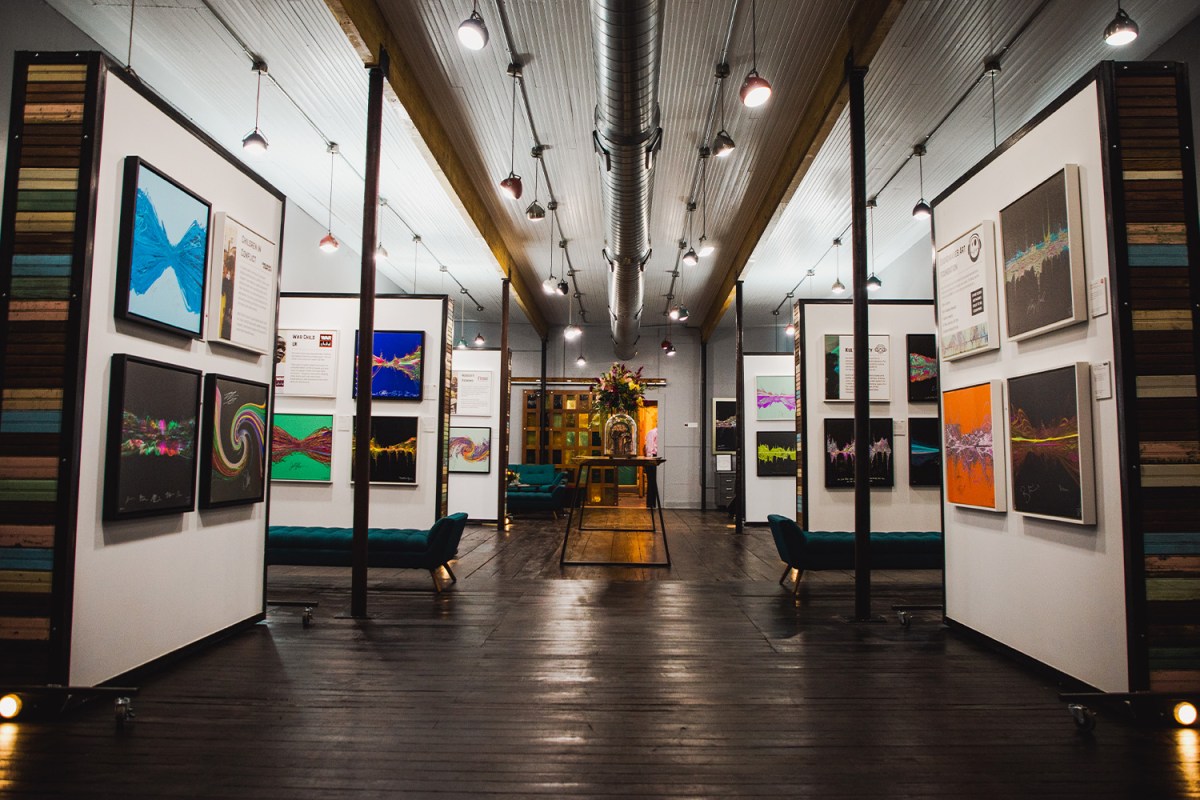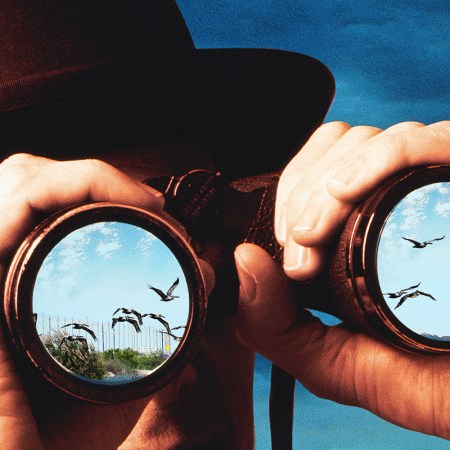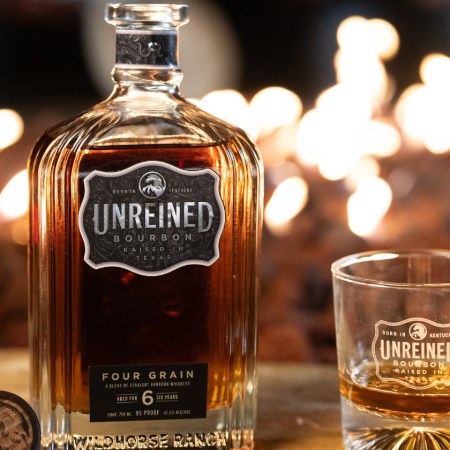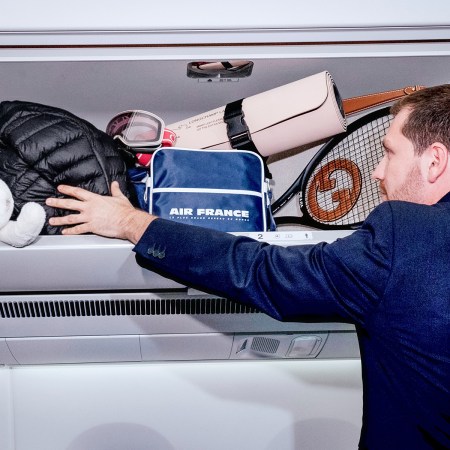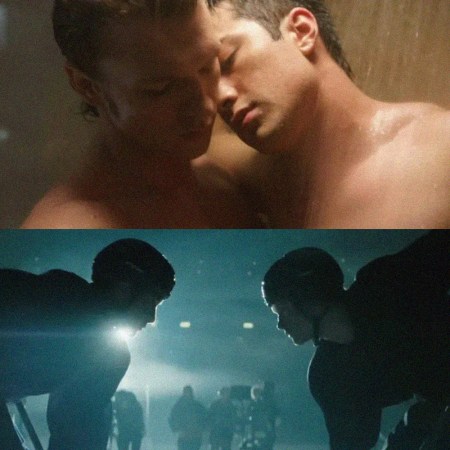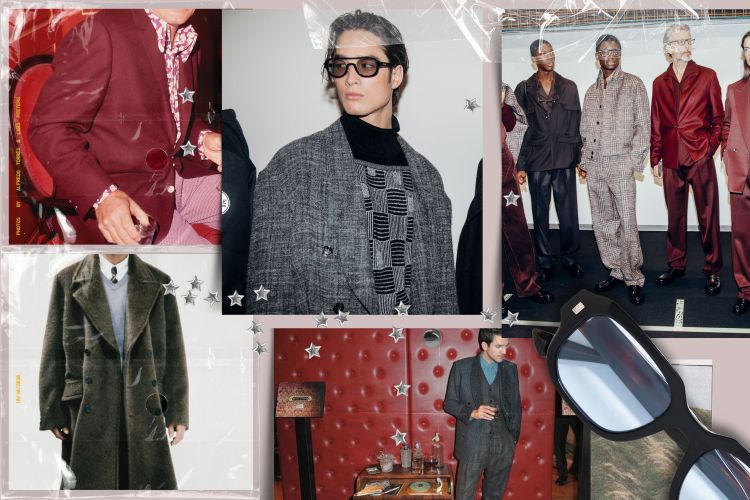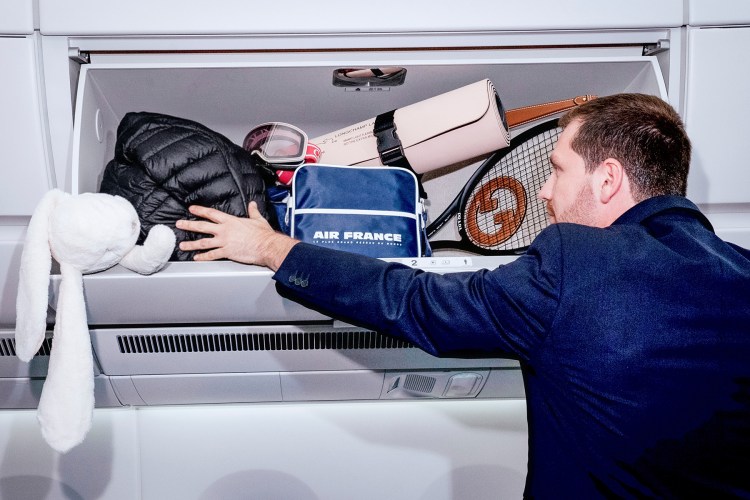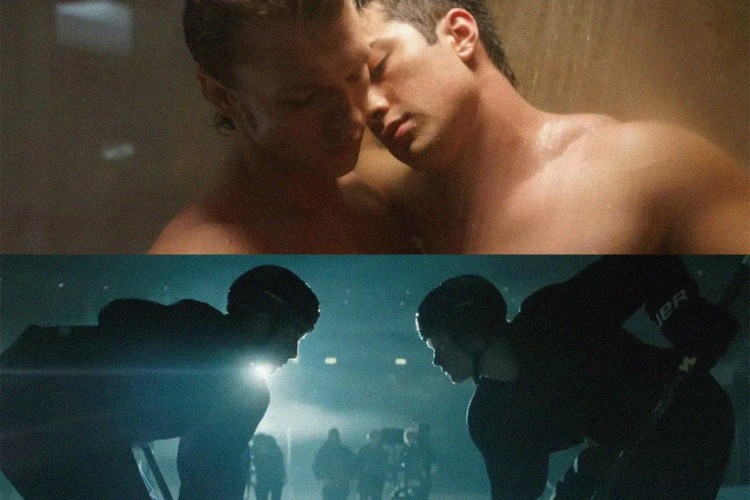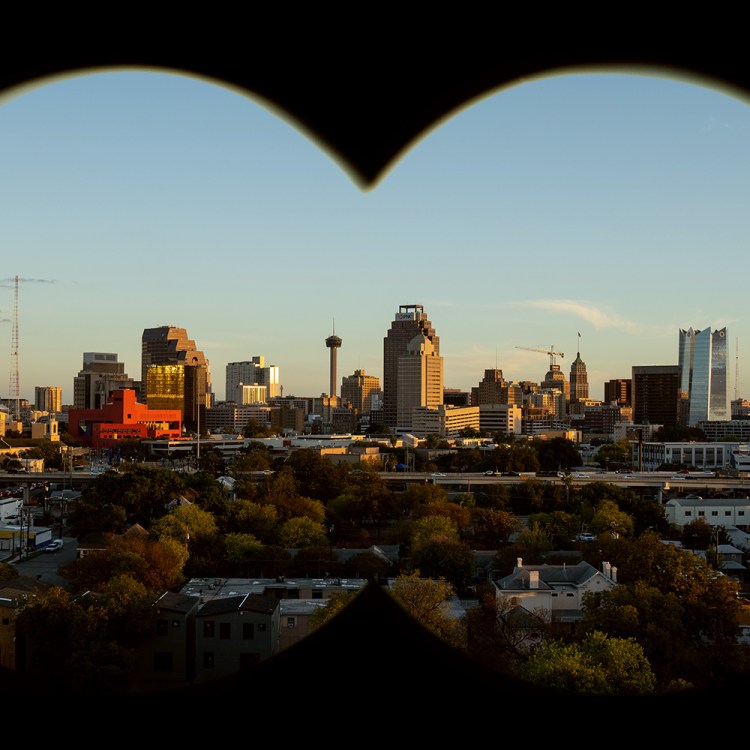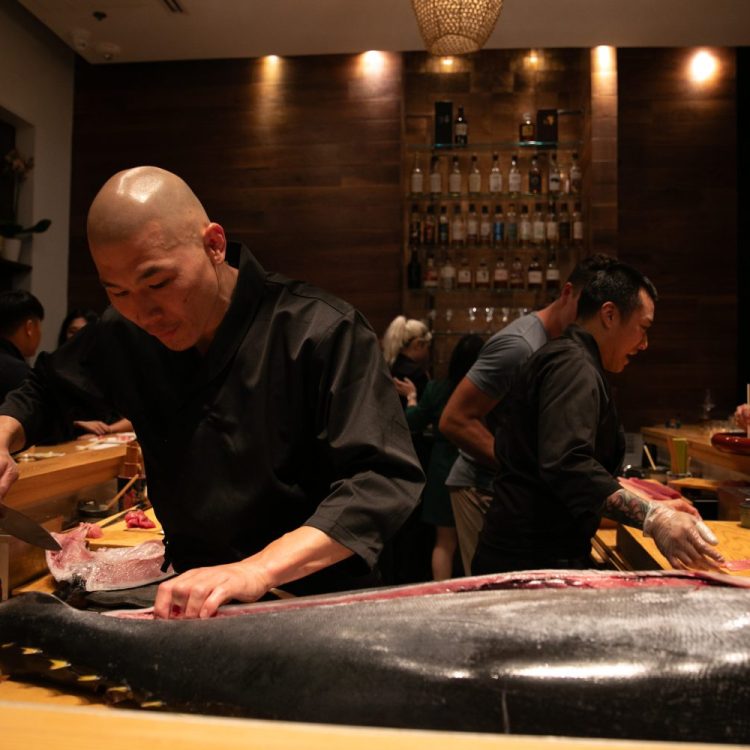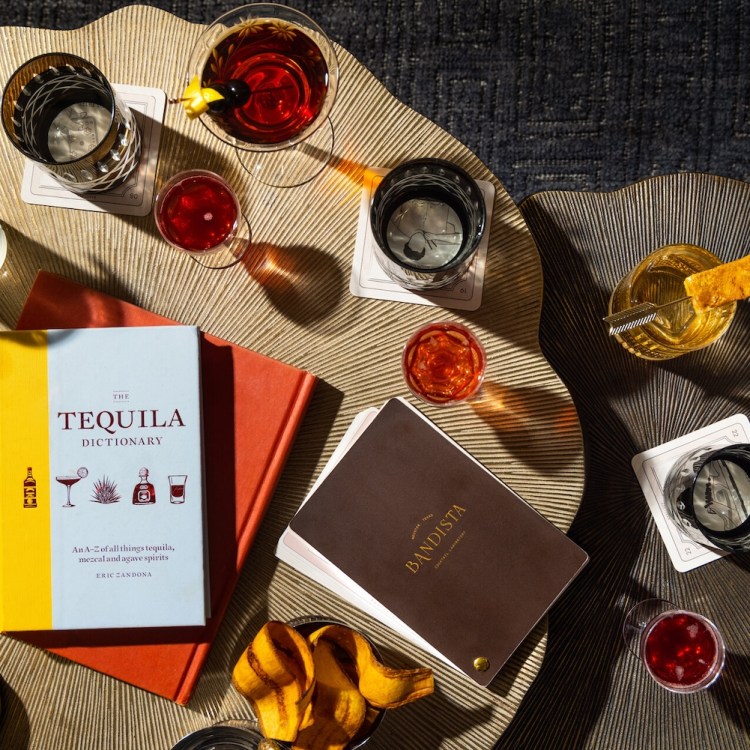Tim Wakefield doesn’t have a degree in fine art, and he isn’t a musician. After dropping out of school, he was working in London as a picture framer when he landed a job selling art to be auctioned for charity.
His entrepreneurial instincts inspired him to try combining art with his love of music and his philanthropic know-how. Over time, that instinct became Soundwaves, with its distinctive visual translation of a song’s literal sound waves into colorful, collectible artwork.
Today, Wakefield, through his nonprofit Soundwaves Art Foundation, has raised approximately $5 million for charities that benefit children and musicians in need such as Sweet Relief and the Nordoff Robbins Center For Music Therapy. Along the way he has collaborated with hundreds of musicians: Willie Nelson, The National, Celine Dion, Red Hot Chili Peppers and many others. .
At the top of his priority list right now is a special fundraising effort benefiting the organizations Children in Conflict and War Child UK, currently mobilized in support of the millions of refugees fleeing Ukraine. Artists in that collection include Duran Duran, Brandi Carlile, Rüfüs du Sol, Kansas, The Offspring, and loads more.
We caught up with Tim in Lockhart to discuss the future of Soundwaves Art Foundation, what he’d like to do next, and that time he dropped off a little something special for Chris Martin.
InsideHook: What’s your technique? Is it a trade secret?
Tim Wakefield: Very much so — every idea I’ve ever had has been plagiarized. There are elements that anyone can do, but others that are very proprietary. I used to share everything; I was naive. I am amazed that at least so far, no one has copied us. I think we’ve done a good job — and you know, you have to get through managers and record labels, so those doors are not open to just anyone.
Coldplay was my first collaboration. I did the art and took it to their offices to drop it off, not realizing immediately that I had handed it directly to Chris Martin. Anyway, I just forgot about it after that. Three months later they called me and said they loved the idea and wanted to do it. The band signed 50 prints of the sound wave for the song “Yellow.”
Do you choose the music? Do the musicians?
There’s no uniformity. Sometimes a band approaches us, and they want to work with us and know what song they’d like to do. Sometimes we approach the band we want to work with. They may say yes — or they may say yes, but we want to use a different song.
The past couple of years have been rough for everyone, but also amazing in the ways people have been willing to help the many in need. How did the pandemic affect Soundwaves Art Foundation?
When COVID-19 hit, we considered closing our doors. We had been meeting with the artists at recording studios or backstage at live shows. Suddenly, all the live music stopped. I didn’t think anyone would be willing to sign the art at home, but in the first year of the pandemic, we doubled our business and increased it another 25 percent last year. We were sending artwork to some of the biggest musicians in the world, and they were signing it and sending it back.
Is anyone ever difficult?
Of course! In every industry there are a few difficult people, but the majority are wonderful. It’s an industry that understands philanthropy. We will probably release 50 or 60 new prints this year.
To my point, creatives understand the need. You can hear it in their songs and the things they write about.
How did you end up in Austin, and then Lockhart?
I have always been drawn to the incredibly diverse and rich history of American Music. In my eight years here, I have delved into blues, country, bluegrass, Americana and zydeco. There is a huge cultural influence in different parts of the States, and the diversity you get due to the sheer size of the country is nothing like the U.K., where influences tend to be across the board and not driven by location.
Austin’s incredible live music scene drew me in from the first moment I came here. Quite honestly, as long as the Continental Club is still around, then so will I be. Without a doubt, it’s my favorite music venue in the world. As for Lockhart, I went there to buy a shirt from Rollfast Ranchwear a few years back and fell in love with the town. We needed a new home, so when the gallery came up it was an easy decision.
Do you ever agonize about selling a piece? I mean, I’d want to keep it all!
Rarely. We are not collectors. I’ve literally sold pieces off my wall that I said I’d never part with, but you just can’t do that. I had a one-of-a-kind signed by all of the original members of Pink Floyd; they’re not all alive now. But someone offered me enough money and it was going to go to the right cause. I wanted to keep it, but I don’t look back. Another that comes to mind is one I did with Talking Heads. I really didn’t want that one to sell.
When I first started making these images I thought I’d probably just do two or three and then move on to something else. When the musicians started to ask for the artwork for themselves, I realized I had something worth keeping. I had people like George Michael and Roger Waters saying, “Hey, this is great, I want one.”
Now, 15 years later, we’ve worked with over 350 recording artists from Paul McCartney to Dolly Parton, Elton John…it’s hard to believe. Still, I consider myself first a fundraiser first.
What’s next for you?
I like to think there’s always one more adventure in me. As Robert Smith from the Cure asks in the song Wrong Number, “Is there room in your life for one more trip to the moon?” I do hope so.
This article appeared in an InsideHook newsletter. Sign up for free to get more on travel, wellness, style, drinking, and culture.
